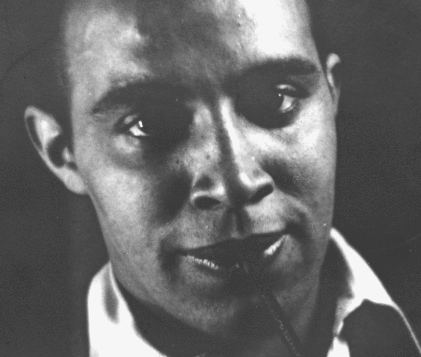THAT MANY OR MOST of the prominent figures of the Harlem Renaissance were gay or bisexual has become such a commonplace that Henry Louis Gates, Jr. could assert in 1993 that the Harlem Renaissance “was surely as gay as it was black, not that it was exclusively either of these.” This gay revisionism of the Harlem Renaissance serves to highlight the tensions between homoerotic self-expression in New Negro literature and the “sense of mission of rehabilitating the race in world esteem” that Alain Locke claimed for the New Negro movement.
The center of that movement was New York, and its white American avatar was the homosexual novelist, critic, photographer, and patron (some would say exploiter) of the Harlem Renaissance, Carl Van Vechten. The contemporary reception of Van Vechten’s 1926 novel Nigger Heaven illustrates the divide in the black community over the social responsibility of the artist. Many Harlem African-Americans, including its prominent intellectuals, excoriated the book for its scandalous depiction of African-Americans in Harlem and considered it, in W. E. B. Du Bois’ words, “a blow in the face.” It was, according to Gates, “bad form among Afro-Americans to be caught reading Nigger Heaven.” And yet, the list of books on reserve in the Harlem branch of the New York Public Library, reported by Countee Cullen in his column “The Dark Tower” in the April 1927 issue of Opportunity, lists Nigger Heaven as number one on the fiction list. Wallace Thurman went so far as to predict that “Harlem Negroes … would erect a statue on the corner of 135th Street and Seventh Avenue, and dedicate it to this ultra-sophisticated Iowa New Yorker.” Thurman defended Van Vechten’s exploration of Harlem life and criticized his detractors, declaring that “the so-called intelligentsia of Harlem has exposed its inherent stupidity.” Thurman was being deliberately provocative, underscoring the rift between image-conscious, middle-class blacks and those who felt obliged to subordinate their artistic impulses to a broader social agenda.







